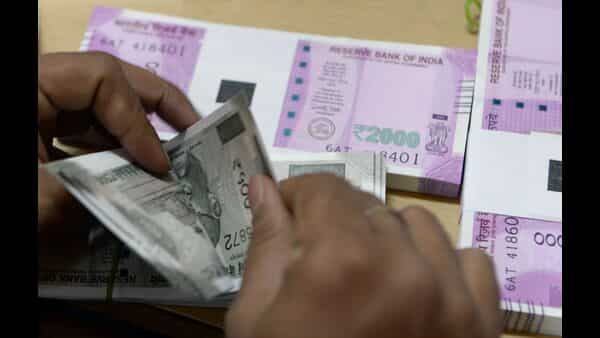[ad_1]
New Delhi: India is expected to grow at a CAGR of 4.6% during FY20-FY26, on the back of favourable demographics and the successful implementation of reforms and measures initiated during the last couple of years, provided there are no new domestic/external shocks, India Ratings and Research said on Monday.
“India Ratings and Research (Ind-Ra) opines that amid the ongoing global turmoil, India appears to be a shining spot and would be G20’s fastest growing economy by FY26,” the report said.
According to IMF, the world economy is expected to grow 2.7% year-on-year in 2023, slowing down from 3.2% yoy in 2022 with key economies such as Germany and Italy likely to witness recession in 2023. Despite the uncertainty, IMF has pegged India’s gross domestic product (GDP) growth at 6.1% yoy in 2023/FY24 (2022/FY23: 6.8%), the rating agency said.
“However, owing to the disruption in economic activities across the globe during the COVID-19 outbreak, Ind-Ra opines yoy growth comparisons post COVID-19 could be misleading. A more meaningful comparison, therefore, would be to look at long-term growth. The CAGR of India’s GDP fell to 2.7% during FY20-FY23 from 6.3% during FY16-FY20. The same is likely to grow at a CAGR of 4.6% during FY20-FY26 due to the government’s thrust on infrastructure investment coupled with various policy measures. In fact, India with a CAGR growth in the range of 4.6%-5.1% would be the fastest growing economy among all the G20 nations during FY26-FY28,” the report said.
According to the rating agency, during FY23-FY24, Indian exports are likely to witness demand pressure considering the overall growth slowdown being witnessed by the global economy.
“Our analysis shows that the commodities that are likely to be impacted most are precious metals & jewellery, nuclear reactor & machines, organic chemicals, motor vehicles & parts and pharmaceutical products as they would be hit by demand compression in key markets such as the US, China, Germany and the UK,” said Paras Jasrai, Analyst, Ind-Ra. These commodities represent 30% of India’s merchandise exports.
In September 2022, India’s merchandise imports grew 8.7% yoy and merchandise exports 4.9% yoy. As a result, goods trade deficit grew 14.4% yoy to $25.7 billion in September 2022. However, the cushion from a trade surplus in the services account kept the overall trade deficit under check. Services sustained a trade surplus of $10.6 billion in September 2022, growing 16.9% over a year-ago period.
Although the industrial activity points towards recovery, it continues to be weak and uneven. “Factory output, though contracted 0.8% yoy in August 2022 after a span of 17 months, in cumulative terms, grew 7.7% during April-August 2022,” the rating agency said.
“However, the worrying part is that the factory output in level terms, after a gap of five months, dipped below the pre-COVID level (February 2020) in August 2022. Even at use-based classification, the output level of most sectors, except that of infrastructure and consumer durables, was below the pre-pandemic level in August 2022. In fact, the output of consumer non-durables in August 2022 was just 87.1% of the pre-pandemic level. However, given the healthy yoy growth of 7.9% in the core sector in September 2022, Ind-Ra expects the industrial output growth to rebound to around 5% during the month,” it added.
Services activity is gradually getting back to normalcy. Ports cargo and railways freight traffic witnessed strong growth of 14.6% yoy and 9.1% yoy, respectively, in September 2022. However, the air cargo traffic has yet not recovered. It contracted 0.5% yoy in September 2022. Even air and rail passenger traffic, despite recovery, was trailing the pre-pandemic levels. The non-food credit grew at a strong 15.7% yoy in September 2022, led by broad-based double-digit growth in all the sub-heads (industry, personal loans, services, etc.).
The liquidity in the banking system was at a 39-month low of 0.43% of net demand and time liabilities in September 2022. This was due to a combination of factors such as the union government maintaining surplus cash of ₹2.05 trillion at end-September 2022, the tightening of monetary stance, robust growth in credit demand and the use of foreign exchange reserves by the RBI to control volatility in the rupee.
Download The Mint News App to get Daily Market Updates.
More
Less
[ad_2]
Source link








